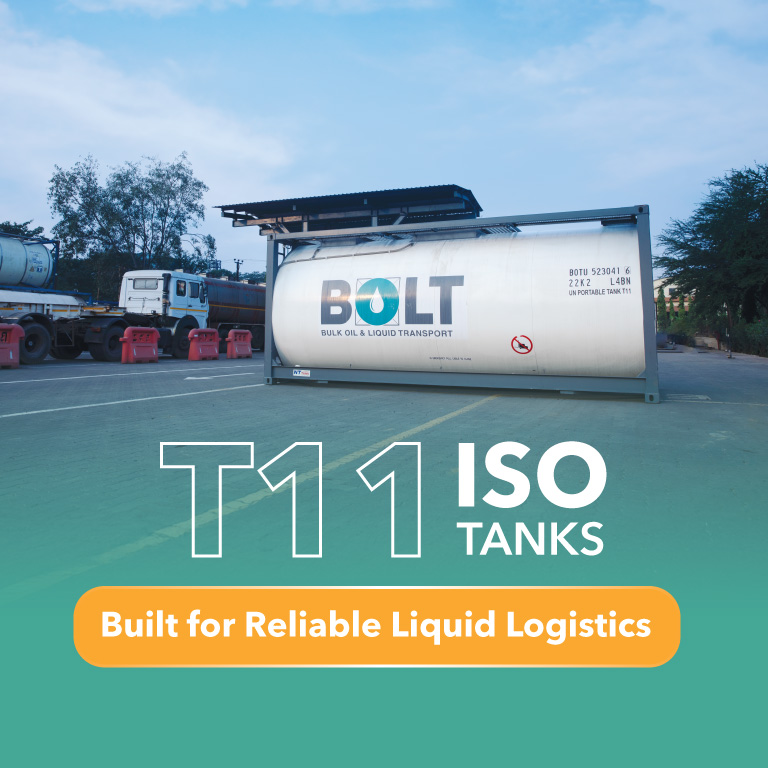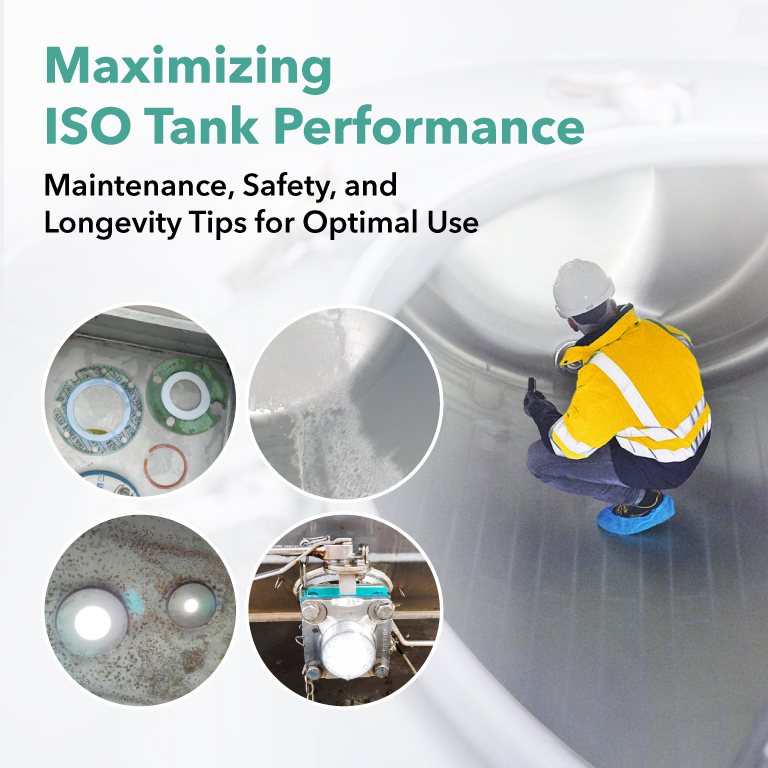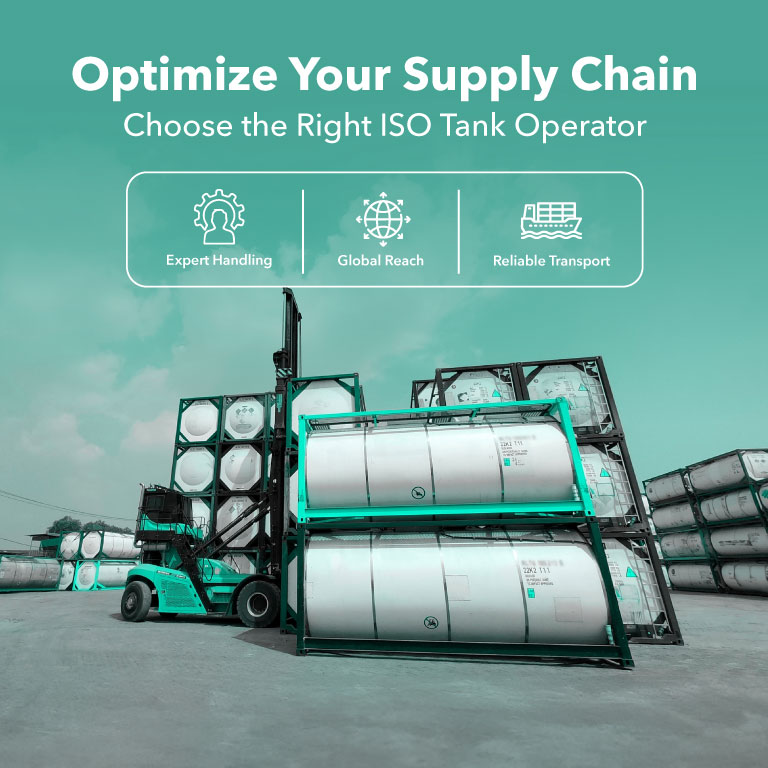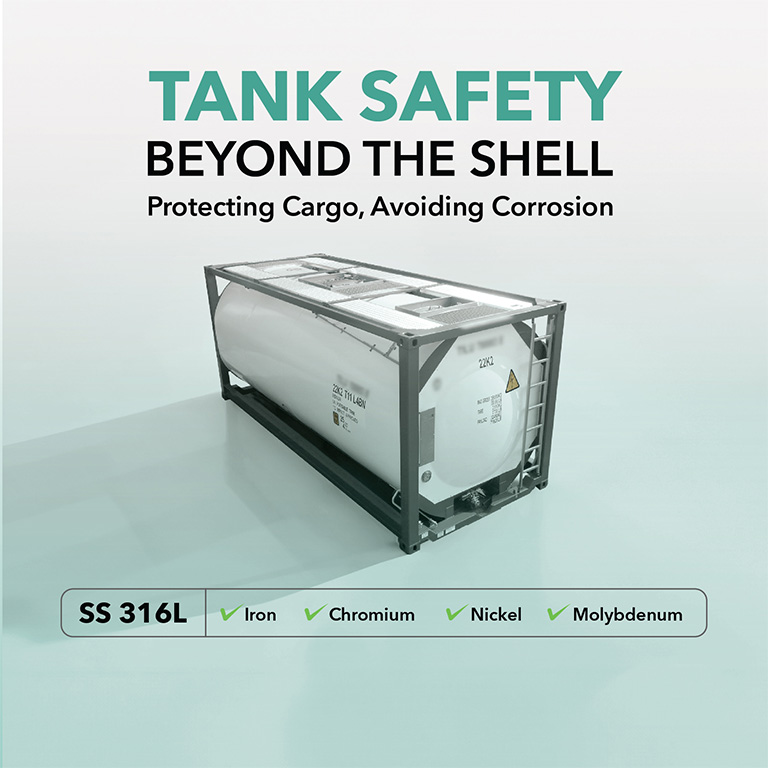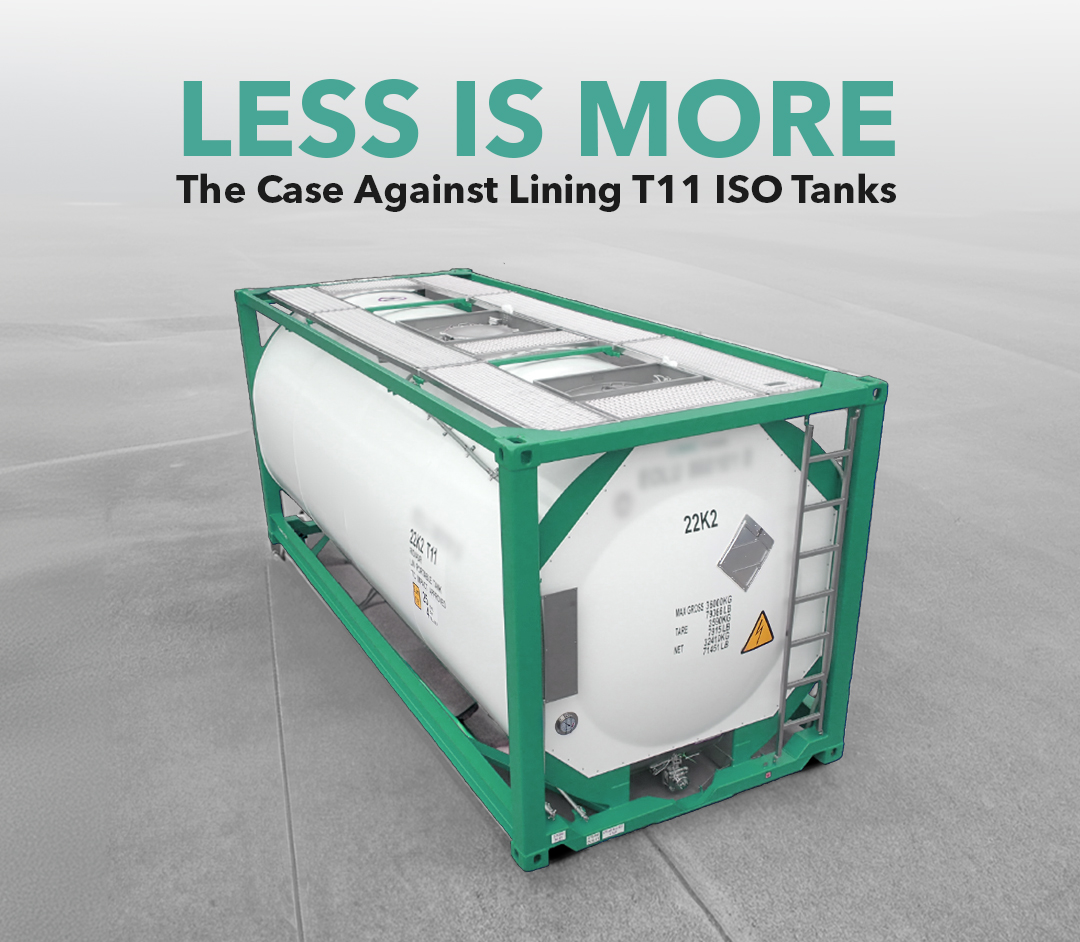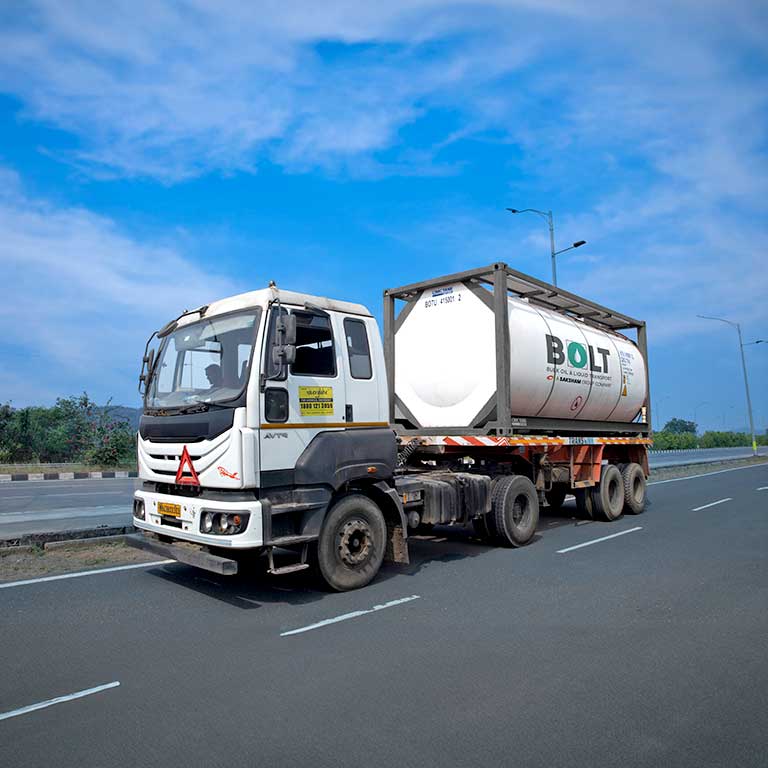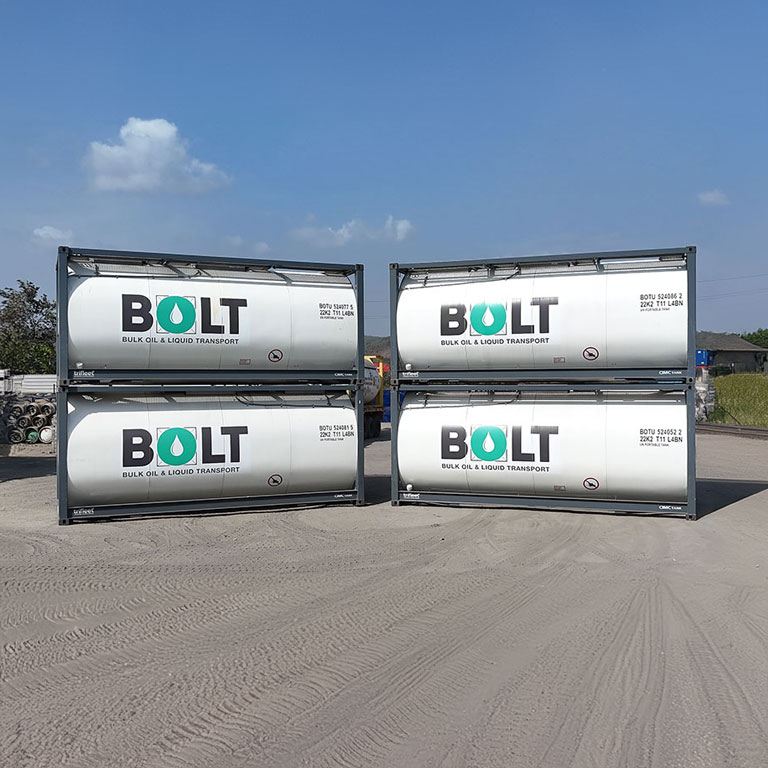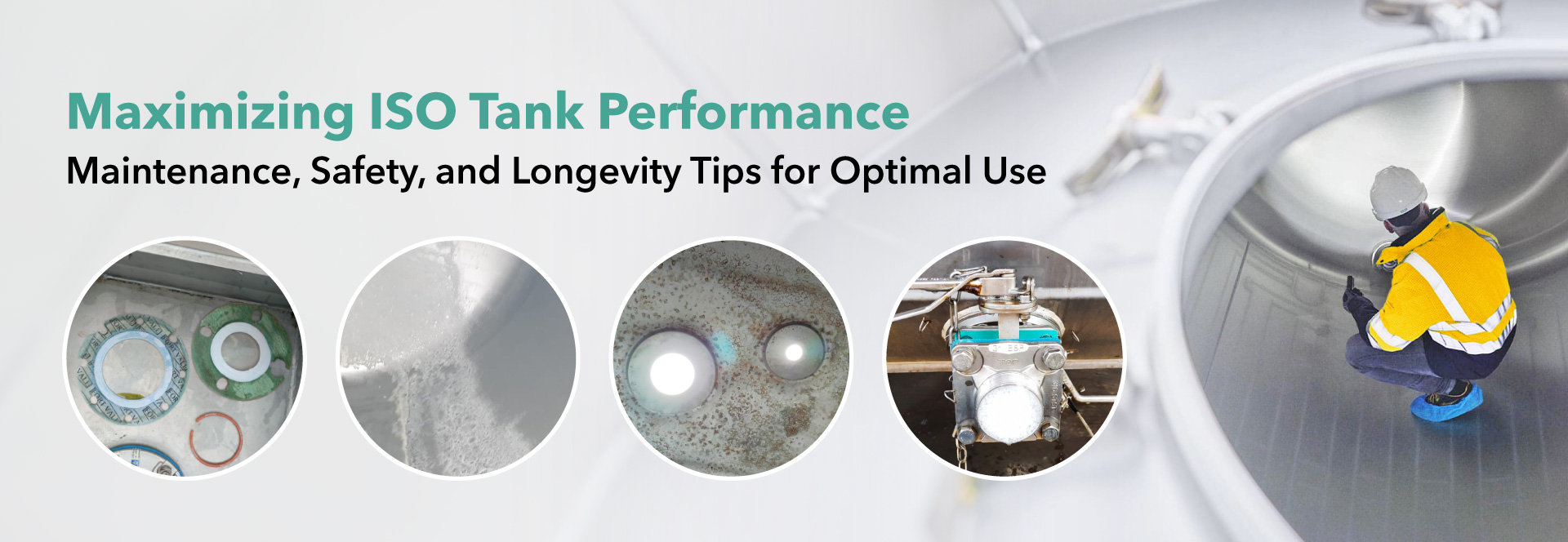
Essential Practices for ISO Tank Maintenance and Longevity
ISO tanks play a critical role in the transportation of liquids and gases across industries. To ensure their optimal performance, regular maintenance, thorough inspections, and the adoption of best practices are essential. Neglecting these key practices can lead to safety risks, costly repairs, and operational downtime. In this blog, we explore the importance of maintaining ISO tanks, how to address common issues, and practical tips to extend the life of your tanks.
- The Critical Role of Regular ISO Tank Maintenance
Regular maintenance is the foundation of tank longevity and safety. Without it, the integrity of the tank and its components may deteriorate, leading to potential hazards.
Key Maintenance Tasks:
-
- Inspect seals and gaskets regularly: Leaks in seals and gaskets are one of the most common causes of safety failures. Regular inspections help catch wear and tear early.
- Clean internal surfaces after every use: Residue build-up can compromise the quality of future cargo. Clean the interior thoroughly after each use to avoid contamination.
- Check for corrosion and physical damage: Corrosion or physical damage to the tank's surface can lead to leaks or structural failure. Early detection is crucial.
- Examine for leaks: Regular checks on seals and the tank’s body ensure there are no leaks that could harm people or the environment.
It’s Importance: Implementing these practices ensures that your ISO tank remains efficient and safe, reducing the risk of operational disruptions. Maintaining a consistent maintenance schedule also extends the tank's life and helps prevent costly repairs down the road.
- Common ISO Tank Issues and How to Address Them
ISO tanks face several common issues that can impair their performance. Identifying and addressing these issues early ensures they don’t escalate into bigger problems.
Common Issues:
-
- Improper cleaning leading to odour: After each use, leftover materials may create a lingering smell or contamination. Using appropriate cleaning agents is essential.
- Non-usage of tanks: Tanks that aren’t in use for extended periods should still be inspected periodically to prevent deterioration.
- Leaking seals and gaskets: Over time, seals can degrade, leading to leaks. Replacing faulty gaskets before they fail is a must.
- Internal corrosion: This occurs when tanks are exposed to incompatible materials or left uncleaned. Applying protective coatings or using stainless steel tanks can help prevent it.
- Steam pipe problems during heating: Steam heating issues, such as blockages or malfunctioning pipes, can hinder the proper regulation of temperature.
- Blocked valves and pipes: Clogged valves or pipes can cause pressure build-up or make it difficult to unload cargo. Regular inspection ensures smooth operation.
Addressing the Issues: Regular checks of seals, valves, and the internal surface, combined with timely repairs, can help you address these issues before they cause significant damage. Prevention is always more cost-effective than repair.
- Essential Safety Checks Before Using an ISO Tank
Safety should always be a priority when handling ISO tanks. A few crucial checks can prevent accidents and ensure the safe operation of your tank.
Safety Checks:
-
- Perform visual inspections: Before use, check the tank for any visible signs of damage, such as dents, cracks, or corrosion. This helps prevent accidents before they happen.
- Verify safety valve function: Ensure that safety valves are working correctly to avoid pressure-related incidents.
- Calibrate all measurement gauges: Properly calibrated gauges guarantee accurate readings, ensuring that the tank is operating within safe limits.
It’s Importance: These safety checks are essential for maintaining both the tank’s integrity and the safety of the surrounding environment. They also help prevent operational delays caused by undetected damage or malfunctioning components.
- How to Extend the Life of Your ISO Tank
The longevity of an ISO tank depends on proper maintenance, storage, and repairs. Following these best practices can extend your tank’s service life, saving you money in the long term.
Tips for Longevity:
-
- Store tanks in dry, cool environments: Keeping tanks in optimal storage conditions prevents rust and other forms of environmental damage.
- Use appropriate cleaning agents: Using the wrong cleaning materials can cause internal corrosion or contamination. Choose agents compatible with the cargo you transport.
- Address minor repairs immediately: Small issues, like dents or loose fittings, can grow into major problems if left unattended. Repair minor damage as soon as it’s identified.
It’s Importance: These simple steps can extend the lifespan of your ISO tanks, ensuring they remain reliable and efficient for years to come. Preventative measures help avoid major repairs and maintain smooth logistical operations.
- Best Practices for ISO Tank Inspections
Consistent and thorough inspections are the key to identifying potential issues before they cause significant damage. A well-structured inspection routine ensures that no component of the tank is overlooked.
Inspection Best Practices:
-
- Follow a structured inspection routine: A checklist-based approach ensures that all critical parts of the tank—such as seals, valves, and internal surfaces—are checked consistently.
- Use specialized inspection tools: Tools like borescopes or ultrasonic testers can detect issues that are not visible to the naked eye.
- Document and address issues immediately: Keep detailed records of each inspection and address any issues as soon as they are identified to prevent further complications.
It’s Importance: Regular, well-documented inspections help maintain the integrity of your tanks and prevent costly failures. Addressing problems early ensures safe and efficient tank operation.
Conclusion
Proper ISO tank maintenance and regular inspections are crucial for ensuring safety, efficiency, and longevity. By following these best practices, you can prevent common issues, extend the life of your tanks, and maintain smooth operations in your liquid logistics. Whether it’s cleaning after each use or conducting thorough inspections, investing in these maintenance practices today will save you from costly repairs and operational downtimes in the future.
Blog By:

